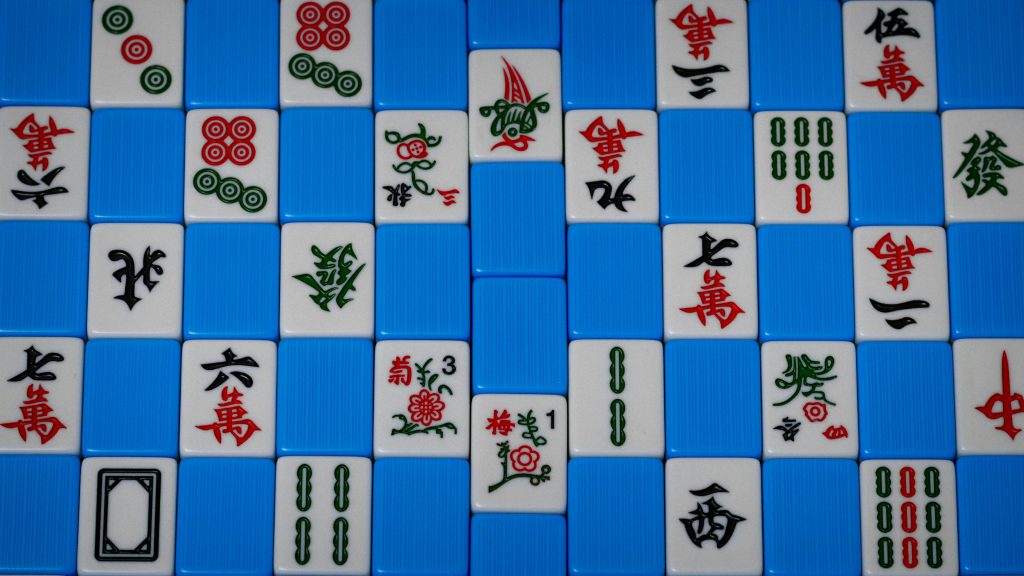Discover the mesmerizing world of Mahjong, where ancient Chinese tile game traditions meet modern strategy in this timeless battle of skill and fortune. This fascinating game, which has captivated players for over two centuries, combines elements of strategy, chance, and social interaction, making it one of the most enduring tile-based games in history.
The Origins and Evolution of Mahjong
Mahjong’s history dates back to the Qing Dynasty in 19th century China, specifically around 1850. Originally developed in the provinces of Zhejiang and Jiangsu, the game quickly spread throughout China before captivating players worldwide. By the 1920s, Mahjong had become a global phenomenon, particularly popular in the United States and Europe. The game’s evolution reflects China’s rich cultural heritage, with tile designs incorporating traditional symbols, characters, and imagery that tell stories of ancient Chinese civilization. Today, an estimated 600 million people worldwide regularly play Mahjong, making it one of the most popular table games globally.
Understanding the Basics of Mahjong
At its core, Mahjong is played with a set of 144 tiles featuring various Chinese characters and symbols. The game traditionally requires four players, though modern variations accommodate different player counts. The objective is to create winning combinations of tiles, similar to card games like poker or rummy, but with distinctly Chinese characteristics and more complex strategic elements.
The Essential Game Components
- 136 playing tiles divided into three main suits: Characters (Wan), Circles (Tong), and Bamboo (Suo)
- 4 sets of Wind tiles representing North, South, East, and West
- 3 sets of Dragon tiles in Red, Green, and White
- 8 bonus tiles including Flowers and Seasons
- Dice for determining play order and wall breaking
- Optional scoring sticks or chips for tracking points
Basic Rules and Gameplay Structure
A typical Mahjong game follows a structured format where players take turns drawing and discarding tiles to create winning combinations. Each player begins with 13 tiles and aims to be the first to complete a winning hand of 14 tiles. Winning hands must consist of four sets (either three matching tiles or a sequence of three consecutive numbers) and one pair.
Mastering Mahjong Strategy
Success in Mahjong requires a balance of tactical thinking, pattern recognition, and adaptability. Players must constantly evaluate their tiles, observe opponents’ discards, and adjust their strategy accordingly. Understanding probability and maintaining awareness of which tiles remain in play are crucial skills for advanced players.
Fundamental Tactics for Success
- Focus on building multiple potential winning combinations simultaneously
- Pay attention to discarded tiles to track what remains in play
- Consider defensive play when opponents appear close to winning
- Maintain flexibility in your hand development strategy
- Practice calculating tile probabilities and odds
Advanced Techniques and Winning Patterns
Expert players excel by mastering complex winning patterns and developing an intuitive understanding of game flow. Research shows that regular Mahjong players demonstrate improved cognitive function and memory retention, particularly in pattern recognition and strategic planning abilities.
Modern Variations of Mahjong
While traditional Mahjong remains popular, modern interpretations have emerged to suit different playing styles and preferences. Digital versions, including mobile apps and online platforms, have introduced the game to new generations of players worldwide. The global digital Mahjong market reached £2.5 billion in 2023, highlighting its continuing popularity and adaptation to modern gaming trends.
Traditional vs Digital Mahjong
- Traditional: Full social experience, tactical tile handling, authentic gameplay
- Digital: Convenience, automated scoring, matchmaking capabilities
- Online multiplayer: Global competition, ranking systems, tournament play
- Solo variants: Practice opportunities, puzzle-focused gameplay
Regional Variations and Rule Sets
Different regions have developed their own Mahjong variants, each with unique rules and scoring systems. Japanese Riichi Mahjong, American Mahjong, and Hong Kong style are among the most popular variations, each offering distinct challenges and strategic opportunities.
The Future of Mahjong in Modern Gaming
As we move further into the digital age, Mahjong continues to evolve while maintaining its core appeal. Virtual reality implementations and augmented reality versions are being developed, promising to blend traditional gameplay with cutting-edge technology. The global Mahjong community is growing by approximately 15% annually, with particularly strong growth in online and mobile platforms.
Tips for Getting Started
- Begin with simplified versions or tutorials to learn basic mechanics
- Practice regularly with digital versions before joining traditional games
- Study basic winning patterns and common strategies
- Join local Mahjong clubs or online communities for guidance
- Start with casual games before attempting competitive play
Resources and Community
For those interested in learning Mahjong, numerous resources are available both online and offline. Local community centres, gaming clubs, and online forums provide excellent starting points for beginners. Many cities host regular Mahjong meetups and tournaments, offering opportunities to practice and compete with players of all skill levels.
FAQ
Does mahjong require math skills?
Mastering Math Facts Mahjong will require math skills, strategy and a little luck.
Is there a trick to beating mahjong?
Hold on to a pair Keep a pair in your hand, rather than trying to create a set of three right away. Remember, a basic winning hand is four sets of three plus a matching pair.
Sources
[1] https://en.wikipedia.org/wiki/Mahjong
[2] https://www.arkadium.com/free-online-games/mahjong/
[3] https://www.247mahjong.com



